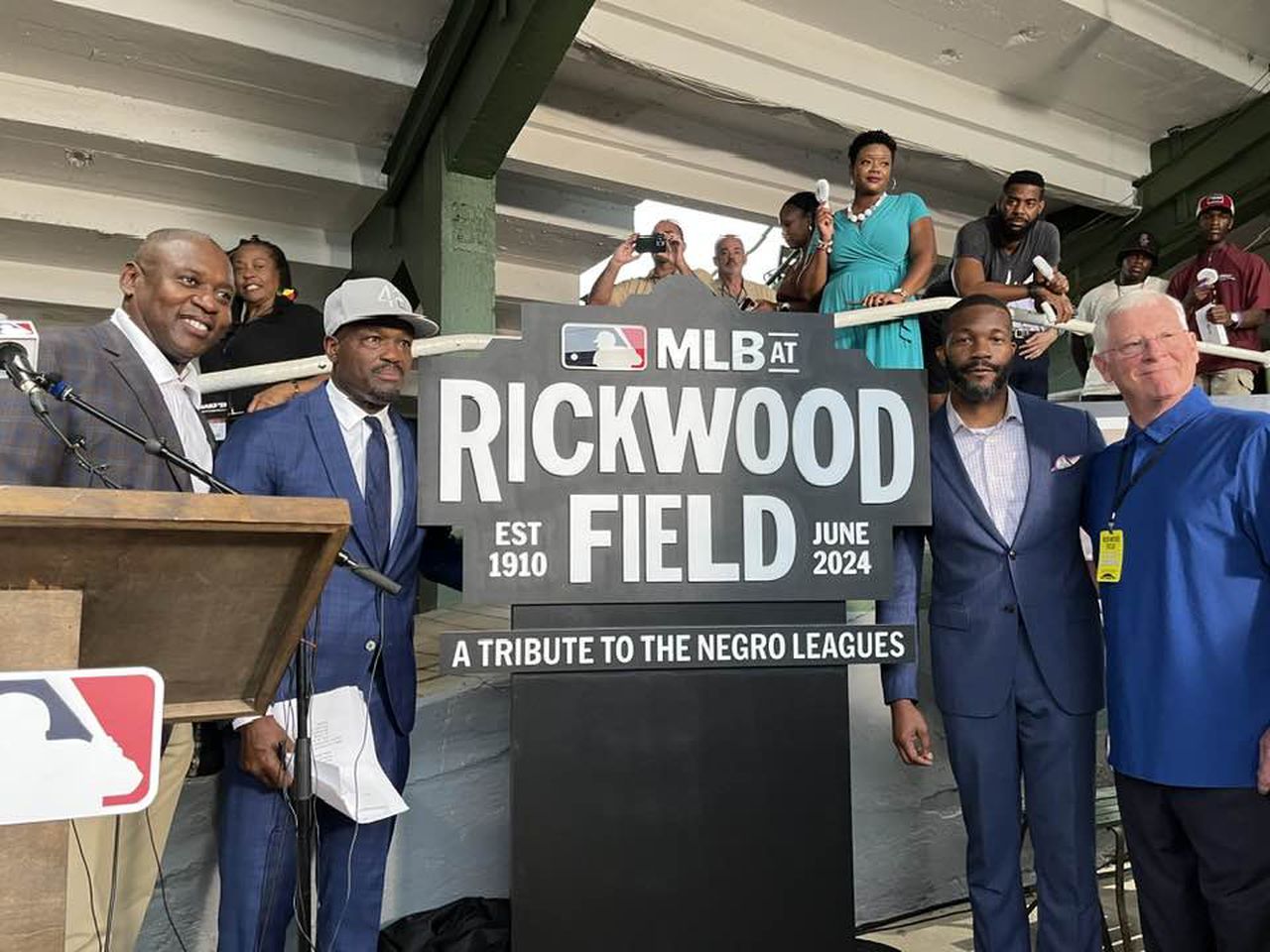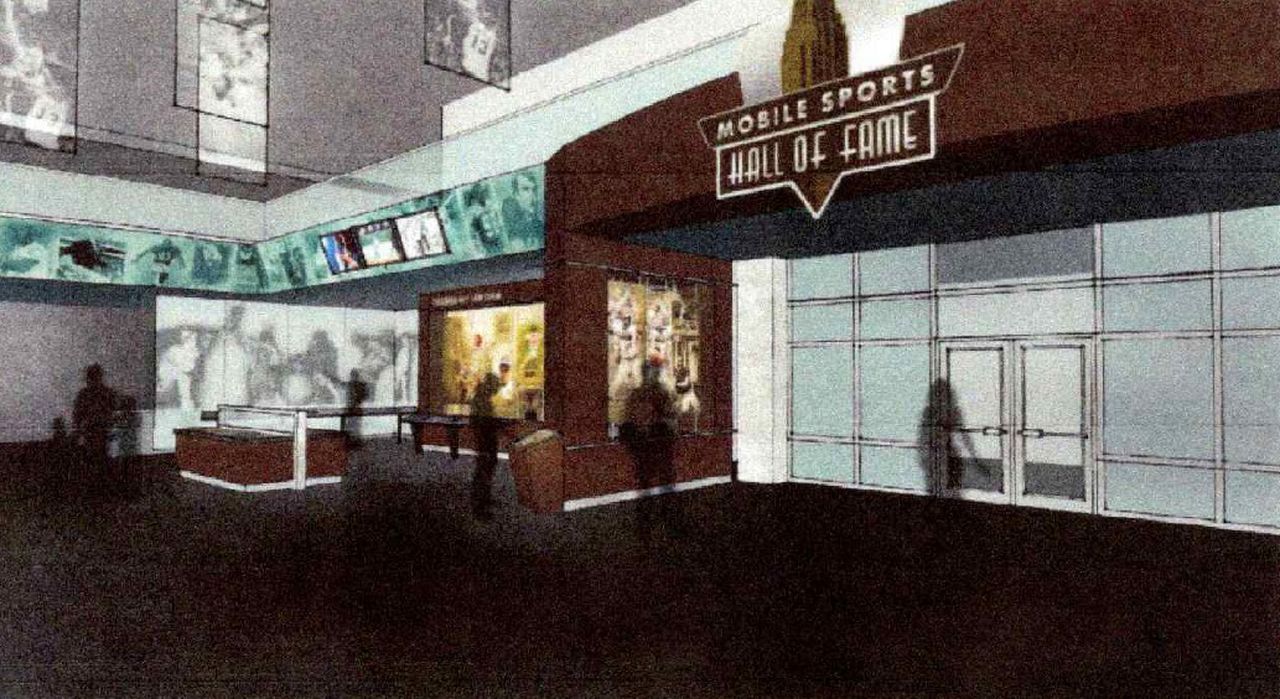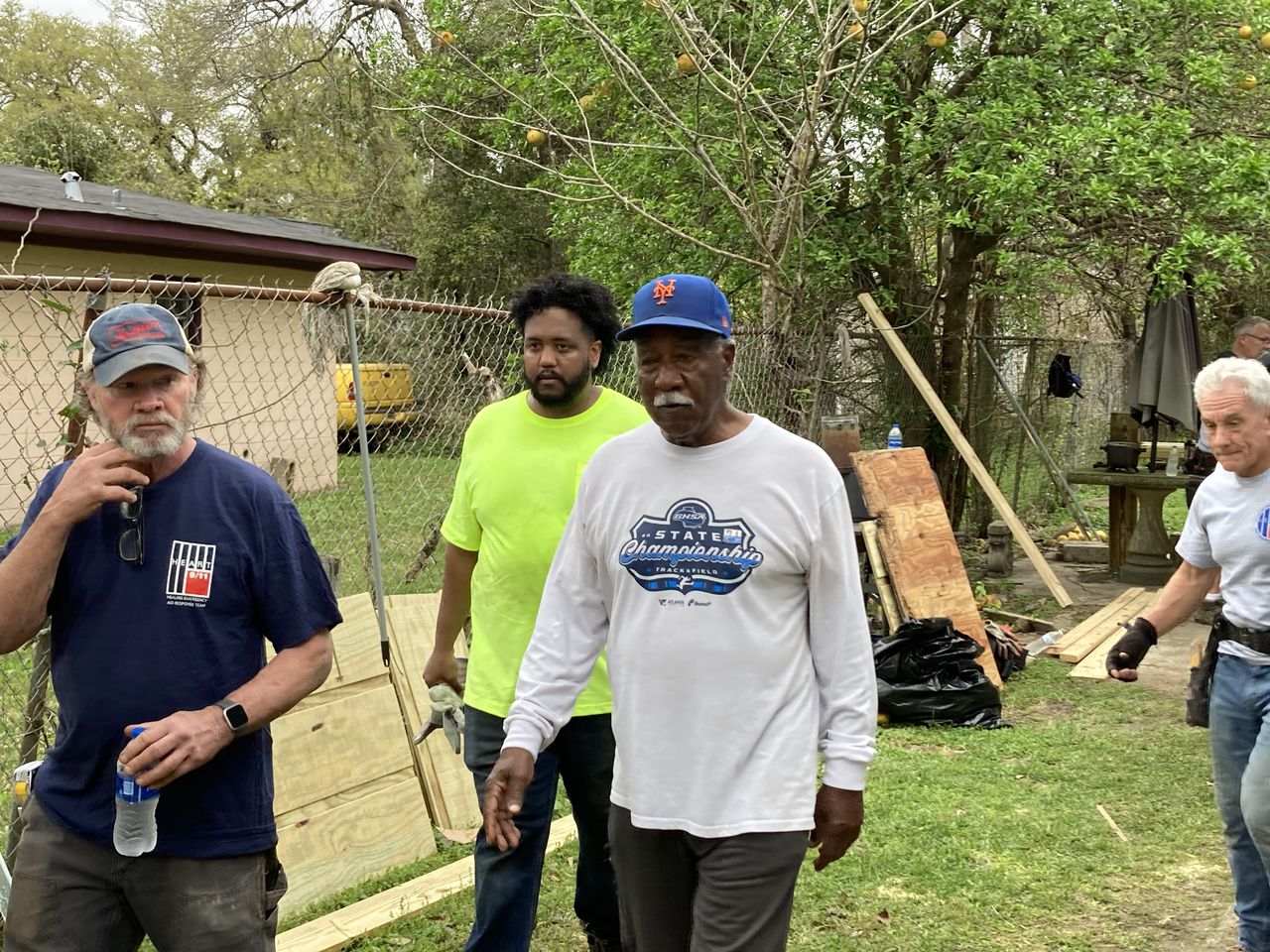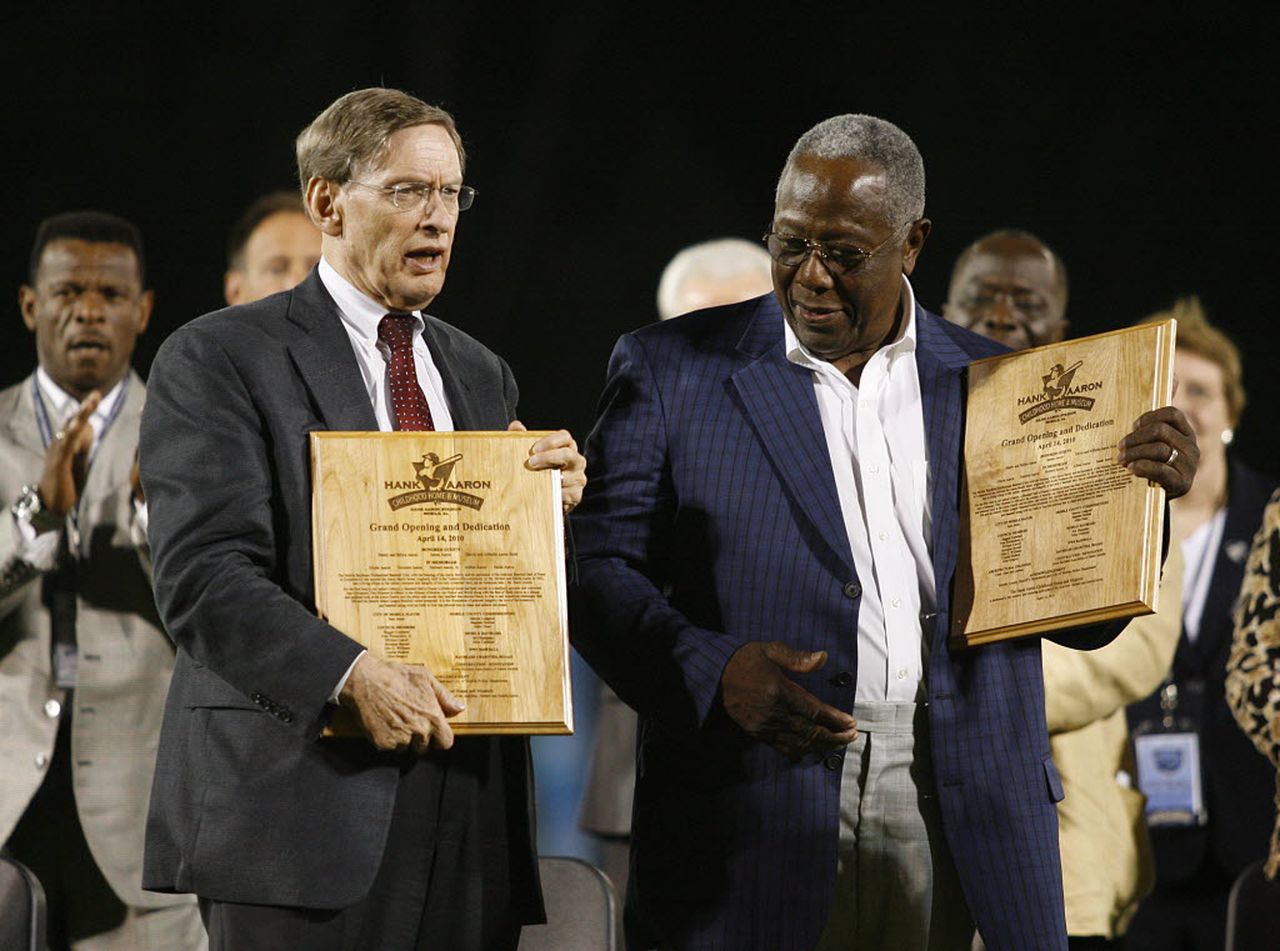How Mobile plans to tell its unique story with Major League Baseball
The names of the Mobile natives who are members of the Major League Baseball Hall of Fame in Cooperstown, N.Y. could fill up a Mount Rushmore of the greatest players at their position, during the era in which they played or even among the all-time greats.
- Hank Aaron – the “Home Run King” who beat Babe Ruth’s all-time record after hitting No. 715 in 1974.
- Satchel Paige – the first primary Negro Leagues star elected to the Hall of Fame in 1971, and whose career spanned an amazing five decades.
- Willie McCovey – hit 521 home runs during a 21-year career retiring in 1980 as No. 2 all-time for home runs for a left-hander, trailing only Ruth.
- Billy Williams – a central member of the 1960s Chicago Cubs who was later named to the organization’s “All-Century Team,” and who hit 426 career home runs during a 17-year career.
- Ozzie Smith – the “Wizard of Oz,” who played most of his 18-year career with the St. Louis Cardinals and was considered one of the greatest defensemen ever to play shortstop.
No city comes close, on a per capita basis, to Mobile when it comes to the number of homegrown Major League Baseball Hall of Famers. Only New York City – which is 42 times larger than Mobile – and Los Angeles, can claim more homegrown Hall of Famers in Cooperstown.
Related content:
Thirteen states do not even have one Hall of Famer. And in Birmingham, where Major League Baseball is preparing to host an official game next year at historic Rickwood Field, only one player – Willie Mays – is in the Hall of Fame.
Baseball commissioner Bud Selig, left, and Hank Aaron accept plaques for the opening of the Hank Aaron Childhood Home & Museum during pregame ceremonies Wednesday, April 14, 2010, at Hank Aaron Stadium in Mobile, Ala. (Press-Register, Mike Kittrell)
It’s also a story that many Mobilians still do not fully realize, members of the Mobile City Council and local baseball historians say. But starting on Tuesday, with the likely approval of an $8.9 million contract, a story about the city’s unique connection with “America’s Pastime” will have a public plaza to its own.
“I think it helps tell our story a whole lot better,” Councilman William Carroll, who represents downtown Mobile, said. “I run into younger people all the time who have no idea and don’t realize that baseball was a major sport in Mobile played in every neighborhood and parks for years. The young people have no idea.”
He added, “When you tell people that Billy Williams and Satchel Paige were from Mobile, they will say ‘wait a minute.’ This is a starting point toward telling a story that has floated under the radar for some time.”
Plaza project
The council’s vote is on a contract with RH Deas Building Co. LLC of Mobile. The company is expected to build the new “Heroes Plaza” at the entrance to Cooper Riverside Park and the Arthur R. Outlaw Mobile Convention Center on Water Street in downtown Mobile.
The plaza will feature sculptures of the five MLB Hall of Famers and Robert Brazile Jr., the only Mobile native who is in the National Football League Hall of Fame in Canton, Ohio. The statues are currently under construction by Brett Grill at his studio in Grand Rapids, Michigan. He was hired in March 2022, under a contract “not to exceed” $1.18 million.
The plaza will also feature an empty pedestal for people to climb on and have their pictures taken with the Hall of Fame statues.
“Many people don’t know how many amazing athletes have come from Mobile,” Councilwoman Gina Gregory said. “Heroes Plaza will give us a venue to better recognize their achievements and be a great draw for tourists and local citizens to learn more about them.”
While there are some private donations, the plaza’s overall price tag – now over $10 million – is paid for primarily through the city’s downtown tax-increment financing (TIF) district. A TIF district in Alabama is a geographically defined area aimed at promoting economic development within its boundaries. As development occurs, the value of a property increases within the district and – as a result of rising property values – so do revenues generated by property taxes. The extra taxes are then set aside in the TIF fund to pay for projects like Heroes Plaza.
Councilman Ben Reynolds, who last week raised concerns about city staff prioritizing a project in downtown Mobile over other needs elsewhere in the city, said he was supportive of the plaza’s concept and the fact that tax revenues utilized to pay for it were coming out of a TIF fund. TIF money cannot be used on general projects outside its district.
“I think this will help highlight the rich baseball history we have, and the sports history in general,” Reynolds said. “I think the name, ‘Hank Aaron,’ is a huge name among folks who (are sports fans) and who follow baseball. And he has the widest reach I can think of for folks outside baseball and sports. But some of the other Hall of Famers are not widely known among the majority as I think they could be.”
He added, “This will be a great opportunity to sort of reinvigorate our citizens interest in our rich baseball (history).”

Major League Baseball unveils the logo for next year’s game at Rickwood Field. From left, Mike Hill, senior vice president of on-field operations for Major League Baseball; MLB Network host Harold Reynolds, Birmingham Mayor Randall Woodfin and Gerald Watkins, chairman of Friends of Rickwood, unveil the branding for the 2024 MLB game at Rickwood Field. (Photo by Greg Garrison/AL.com)
There is no set timeline for the project, but it’s likely that it will not be completed in time for the June 20, 2024, game between the St. Louis Cardinals and San Francisco Giants at Rickwood Field in Birmingham. The ballpark, the oldest professional park in the nation, will be the focus of the sports world that day for a game dubbed, “A Tribute to the Negro Leagues.”
Mobile city spokesman Jason Johnson said the project’s timeline is for 12 months, which means it will not be completed until late next year. The statues, however, could be unveiled by next spring.
Other developments

A rendering of the Mobile Sports Hall of Fame museum. (supplied by Stephen Clements).
Efforts are also underway to continue highlighting the city’s story with professional baseball beyond the plaza. A museum project is still under consideration across Water Street inside the RSA Renaissance Mobile Riverview Plaza Hotel.
And Hank Aaron’s childhood home – once a small museum dedicated to Aaron and located outside Hank Aaron Stadium – could be repurposed soon as a museum again.
The home was relocated last month from the empty stadium to a secured site within a fenced area adjacent to a police station near LeFlore High School. The home served as a gameday attraction while the Mobile BayBears were part of the Class AA Southern League from 1997-2019, before the franchise relocated to Madison.

Cleon Jones, an Africatown resident and a member of the New York Mets Hall of Fame, is on the site of a construction project on Tuesday, Feb. 28, 2023. A team from Heart 9/11, a non-profit that consists of a team of first responders who bonded in the aftermath of 9/11, is in the Africatown community of Mobile, Ala., helping renovate homes until Friday, March 3, 2023. The effort is backed by The Last Out Community Foundation, the non-profit formed by New York Mets Hall of Famer and Africatown resident Cleon Jones. (John Sharp/[email protected]).
That location has been criticized by local baseball historians and players like Cleon Jones, a member of the New York Mets Hall of Fame and a resident of the Africatown community of Mobile. Jones told AL.com in June that he would have preferred seeing the home relocated to a visible site in downtown Mobile near Heroes Plaza.
The plaza area, though, is often inundated with floodwaters after a tropical storm. Jones and others had hoped the house could have been elevated and featured as a museum adjacent to the statues.
Councilman Cory Penn, who represents the district where the home is now at, said he understands the concerns. But he said the home will be a highlight within the Toulminville neighborhood close to where Aaron originally grew up and first played baseball.
Penn said having the home returned to Toulminville provides a historic baseball attraction that is not just centralized to downtown Mobile.
“We know downtown is a place people come to visit,” Penn said. “But if you want a strong Mobile, you need to have places where everyone has an opportunity. Prominent cities just don’t have one spot. It’s spread out. And to have someone like Hank Aaron (featured) … this is where he’s from. And we found a spot that works. You cannot turn away from that.”
Others think Mobile needs to do more than just building out the plaza, though they are appreciative of the project that will help keep the story of the city’s connection with professional baseball going.
Carroll described the plaza “as a starting point.”
Joey Warner, author of books about Mobile’s connection with professional baseball, said tourists who discover the statues “are going to need more.” He hopes the city can move forward with building out a Mobile Sports Hall of Fame and museum to tell its story.
“The statues are good, although not enough,” Warner said. “Until we as a city put more of an emphasis on remembering the past by showing we care about it, we will struggle to prove that we are a sports city.”
